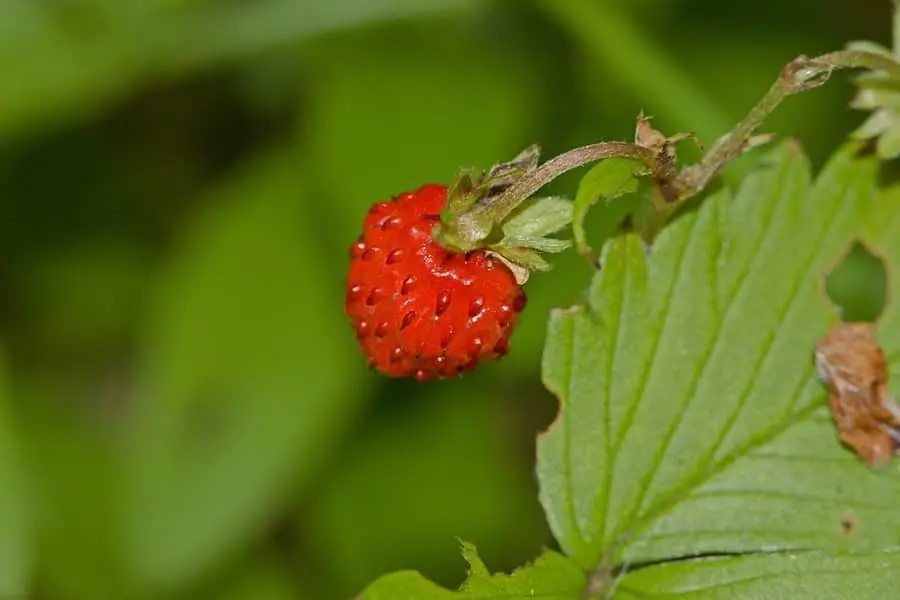
Plants can be frustratingly sensitive, and even the smallest imbalance can cause them to grow differently. Things like soil fertility, moisture, and weather can all affect your plants, but how can you determine which factor needs adjusting? Read on to find out what causes stunted vegetable growth, how you can identify a problem in your garden, and how to fix any problems you do find.
Why are my plants growing so small?
Table of Contents
What causes stunted vegetable growth?

Plants, just like us, get stressed sometimes. Fortunately for gardeners, the things that cause plants to be stressed are far easier to spot and fix than the things that cause us to be stressed. Here are the main causes of stress in plants, which may be causing their growth to stunt:
- Lack of moisture below the surface: just because your garden bed is moist at the surface does not mean that the deeper roots are getting the water they need.
- Extreme heat: some plants just aren’t suited for very hot conditions, and as a result, the vegetables you produce with that plant may be stunted.
- Newly transplanted seedlings: sometimes if your seedlings are not used to being outside, they will wilt and struggle to grow properly.
- Frostbite: if the leaves of your plant have black spots on them, and are not growing well, they may have a case of frostbite. This just means that it has been too cold for too long.
- Nutrient deficiency: plants that grow in soil lacking nutrients will often grow smaller, and its leaves will be discolored.
- Over-fertilization: believe it or not there is such a thing as over-fertilizing and means that nutrients are released into the soil too quickly and in too high a quantity.
- Pesticide or animal urine: plants can wither if they are forced to absorb too many toxins, which may come in the form of using too many pesticides, or if your plants are getting urinated on by your pets or other animals.
How to identify the issue
Things like underwatering or extreme heat are easy to identify. Are you in a heatwave? Is your soil damp 6 inches under the surface? But other issues like nutrients that are deficient or in excess in your soil are a little harder to diagnose. Knowing exactly what nutrient or mineral your soil has an imbalance can be challenging, and the physical signs may be subtle. Here’s what to look out for:
Nitrogen deficiency
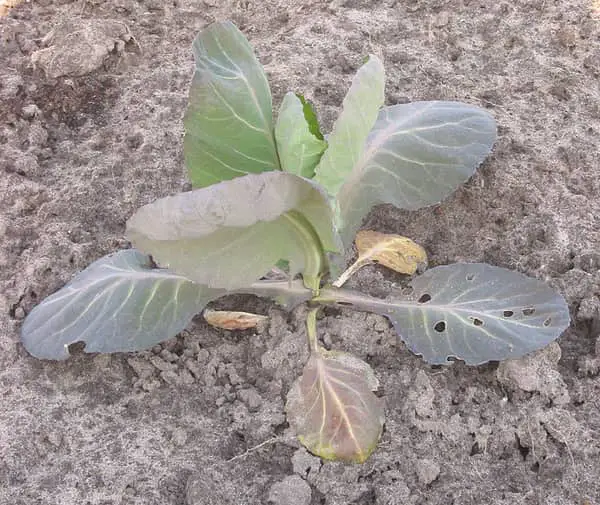
If there is too much nitrogen in your soil, you will find that your plant will experience a lot of growth, but your fruits will be small. Too little nitrogen in the soil will also hurt your plants and cause their leaves to turn yellow or pale green, and stunting their growth.
Phosphorus deficiency
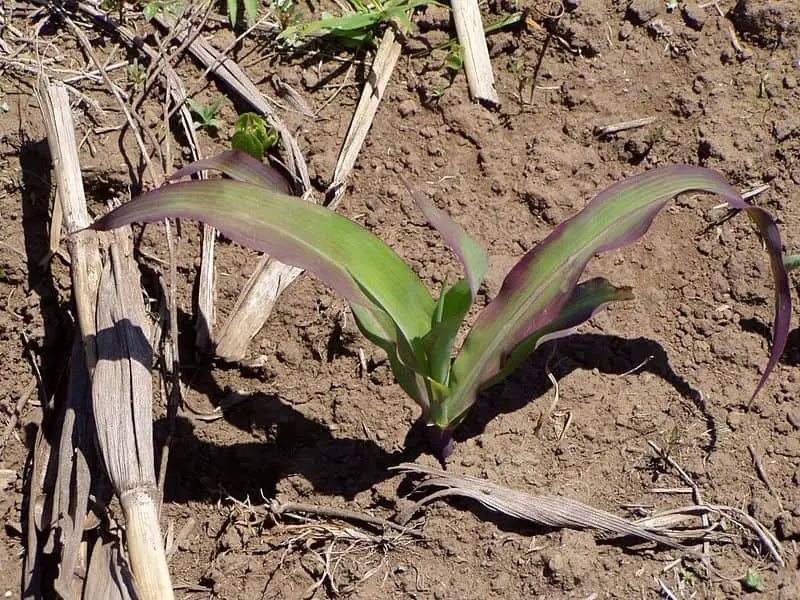
Lack of phosphorus in your soil will cause your plants’ growth to stunt, and you will notice the leaves begin to turn purple-blue, and then yellow.
Potassium deficiency
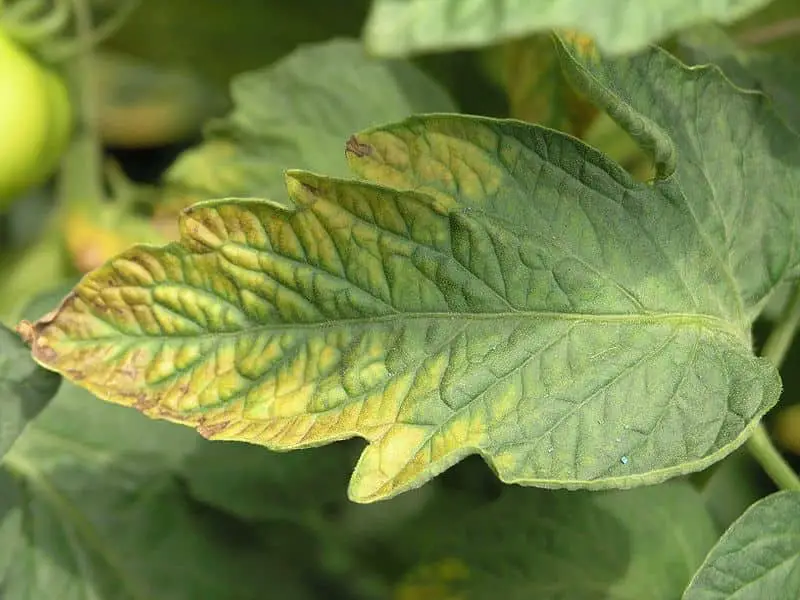
Insufficient potassium will cause your plants to scorch on the margins and will cause the leaves to turn yellow in spots. You will also see thin yellow stalks and poor bud formation.
Magnesium deficiency
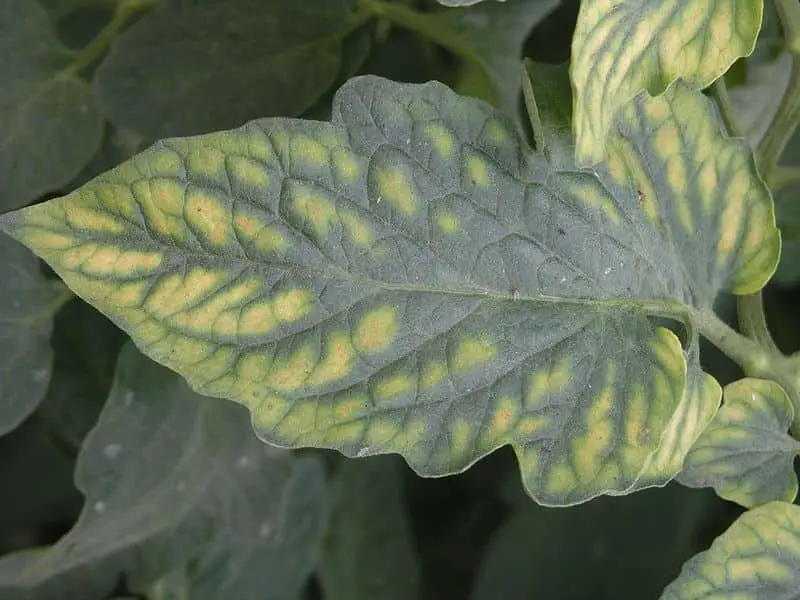
This deficiency will cause patchy yellowing all over the plant and some brilliant coloring around the margins of the leaves. The leaves will eventually start to die with a lack of magnesium.
Iron deficiency
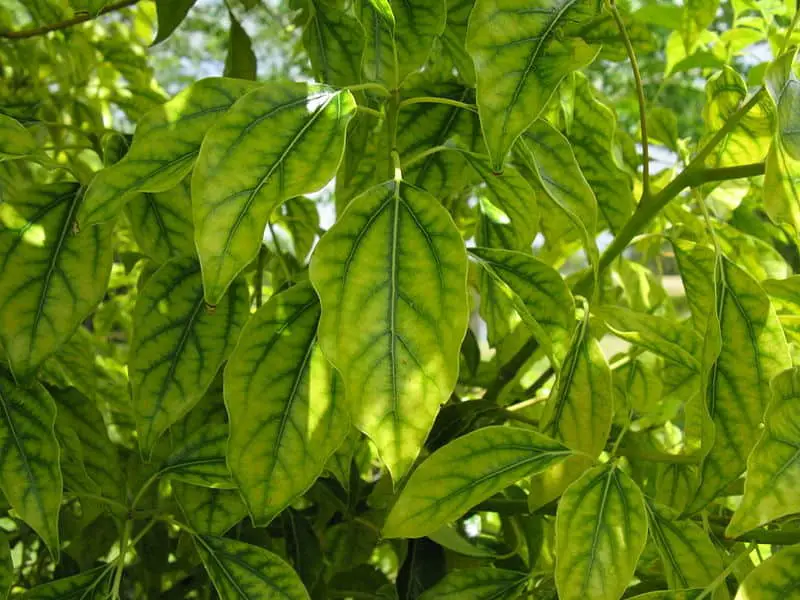
Without enough iron, your plants will yellow, but their veins will appear stark green. The young leaves may be white in more severe cases. This is common in areas with alkaline soil or water.
If you are noticing some of these signs and worry that your plants may be suffering from a mineral or vitamin imbalance, you don’t have to rely on your ability to diagnose the problem by sight. You can buy soil test kits from most garden centers, which will test the pH of your soil. These tests are best done in Autumn when the soil is drier, and you have time to adjust anything you need to before the spring season.
The reason your soil’s pH has such a huge impact is that it determines the nutrient availability in your garden. At some pH levels, nutrients and minerals get trapped in the soil, and your plants cannot absorb them. Acidic soils (with a pH below 7), can lead to deficiencies in calcium, magnesium, phosphorus, and molybdenum, and excessive levels of manganese and aluminum. Alkaline soils (with a pH above 7) can cause deficiencies in iron, manganese, copper, boron, and zinc.
How to fix stunted plant growth
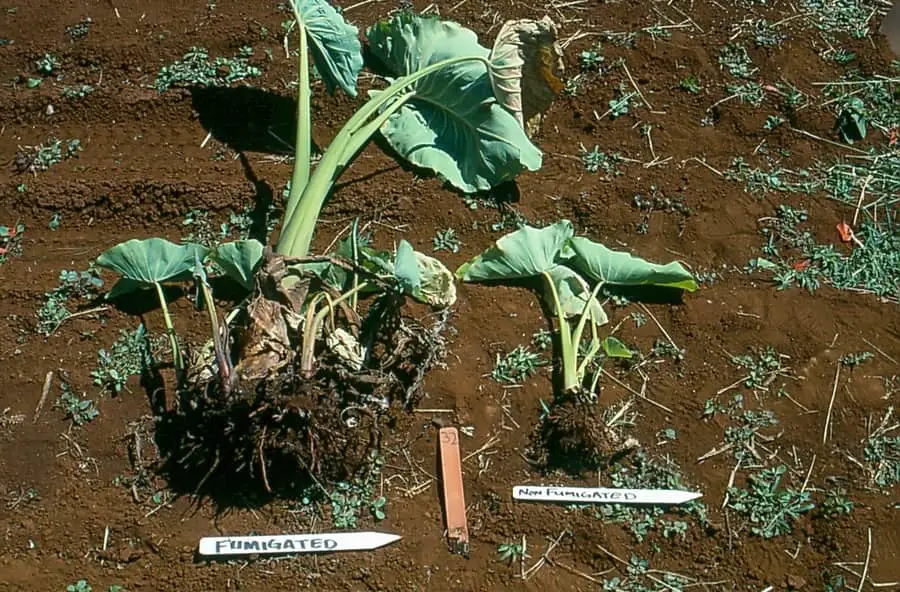
Once you have tested the soil and found a pH imbalance, the solution is as simple as treating it with iron sulfate or lime to increase or decrease pH levels. Achieving a pH balance can take months, which is why the testing is best done well before spring.
Aside from achieving balanced soil pH, there are many techniques to help you fix stunted plant growth in your garden:
- Use organic compost, which will release high-quality nutrients more slowly, preventing plants from over-absorbing and getting burned.
- Supplement missing nutrients, consider supplementing specific nutrients if your plants still suffer deficiencies after adjusting soil ph.
- Make sure your plants are well-drained and maintain even moisture throughout your garden bed.
- Water your plants less frequently, but with more water, to encourage the growth of strong roots below the soil surface.
- Do not plow, tilt, or walk on the soil, as this will damage the roots of your plants.
- Give your plants shelter from harsh environments by covering them with things like empty gallon plastic jugs with the base removed.
- Consider which plants will grow best in your climate, and avoid plants that do not suit where you are.
- Do not fertilize too frequently, and wait for the recommended time for your plants to fully absorb the nutrients before fertilizing again.
Tips to grow bigger fruits and vegetables

Growing big, hearty fruits and vegetables is the goal of all gardeners, and aside from keeping your plants in good health with the above tips, there are a few other things that can help. The first and most obvious is to make sure your plants have everything they need to grow. Adequate light, water, rich soil, and great drainage is a must.
Pruning your plants at the right time can also allow them to concentrate their energy on growing, which will produce nice big fruits and vegetables. This is not true for all plants, however, like with zucchinis for example, which flower endlessly and without the need for pruning. With fruit particularly, you want to thin the fruit as well as pruning so that there are no fruits within 6 inches of each other. When your plant tries to grow more fruit, it can get crowded and the fight for nutrients produces smaller fruits.
The most important step you can take to grow bigger fruits and vegetables is to learn about your plants. Different plants require different things, and if you know what your plant needs, you can ensure they grow well. Gardening is a skill learned over time, so the more knowledge you can gain, the better your plants will be.
Growing big, healthy fruits and vegetables is a challenge, and if you are finding your current yields less than ideal, there is a solution! If your plants are unhealthy and have a nutrient imbalance or some other problem, their growth may have stunted, which results in smaller fruits and vegetables. You may also just have to play around with other factors like soil quality, sheltering, and pruning until you see the results you want.
